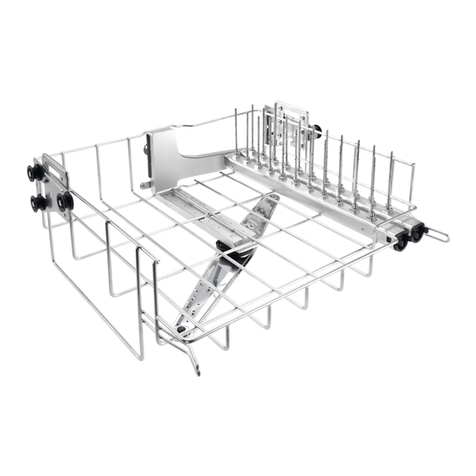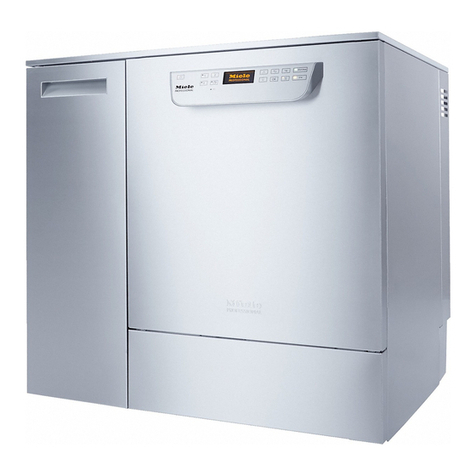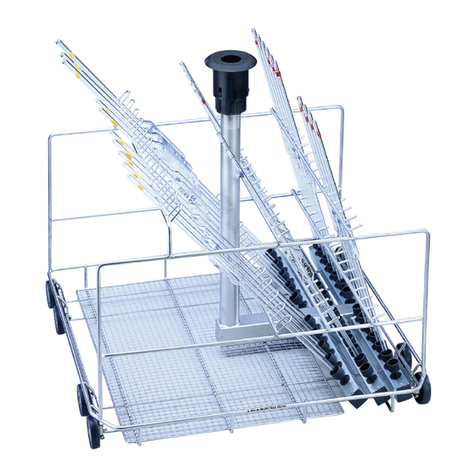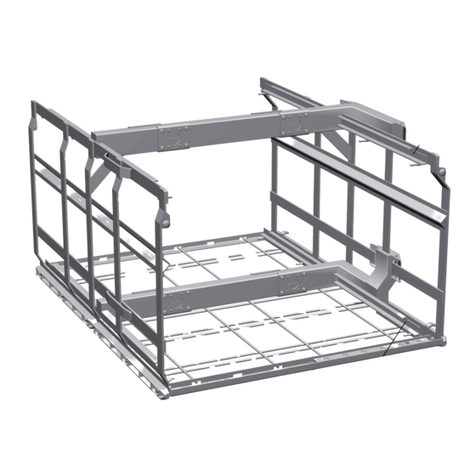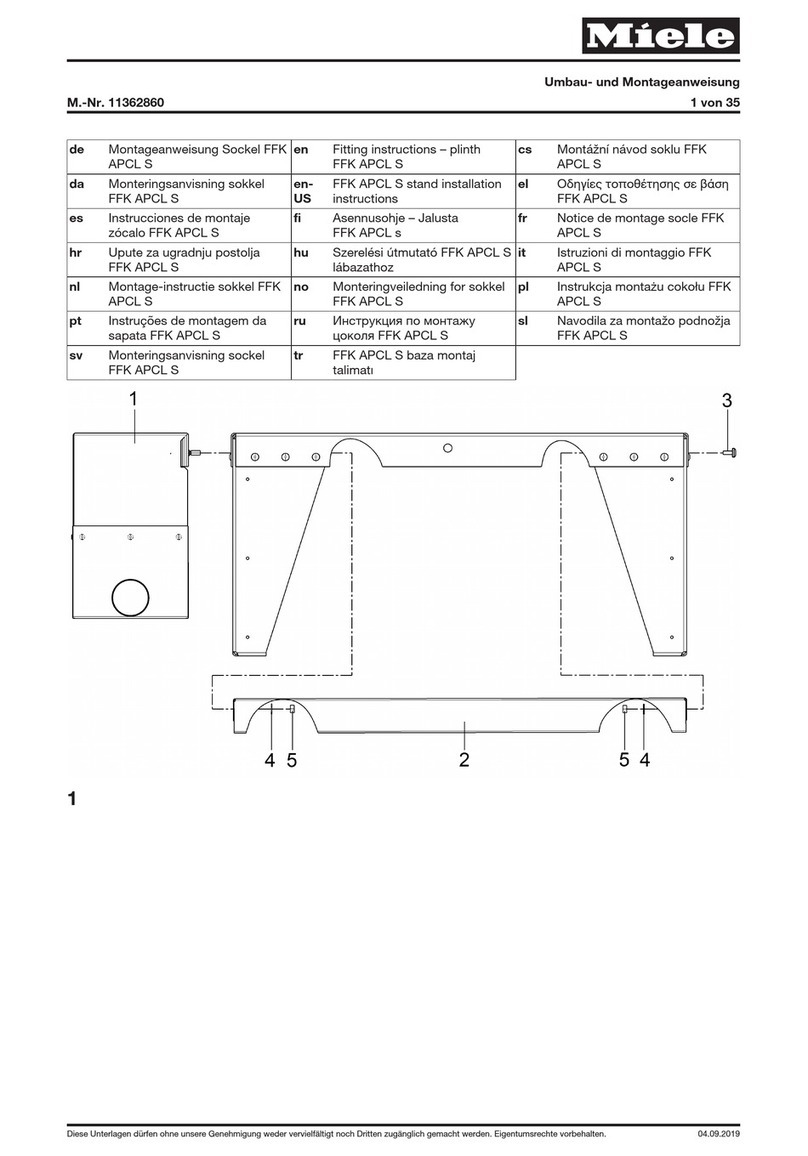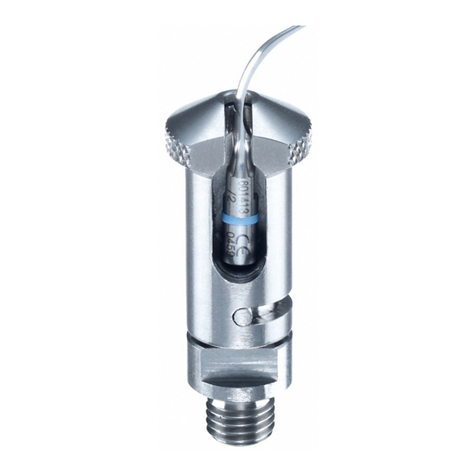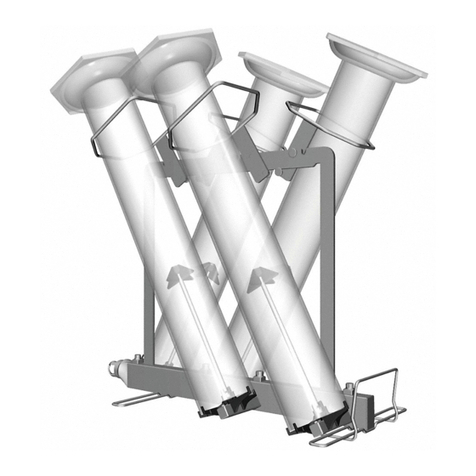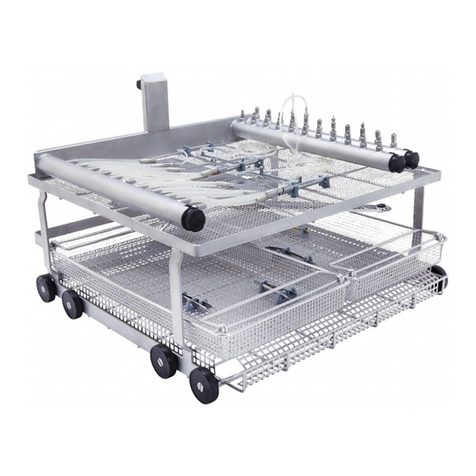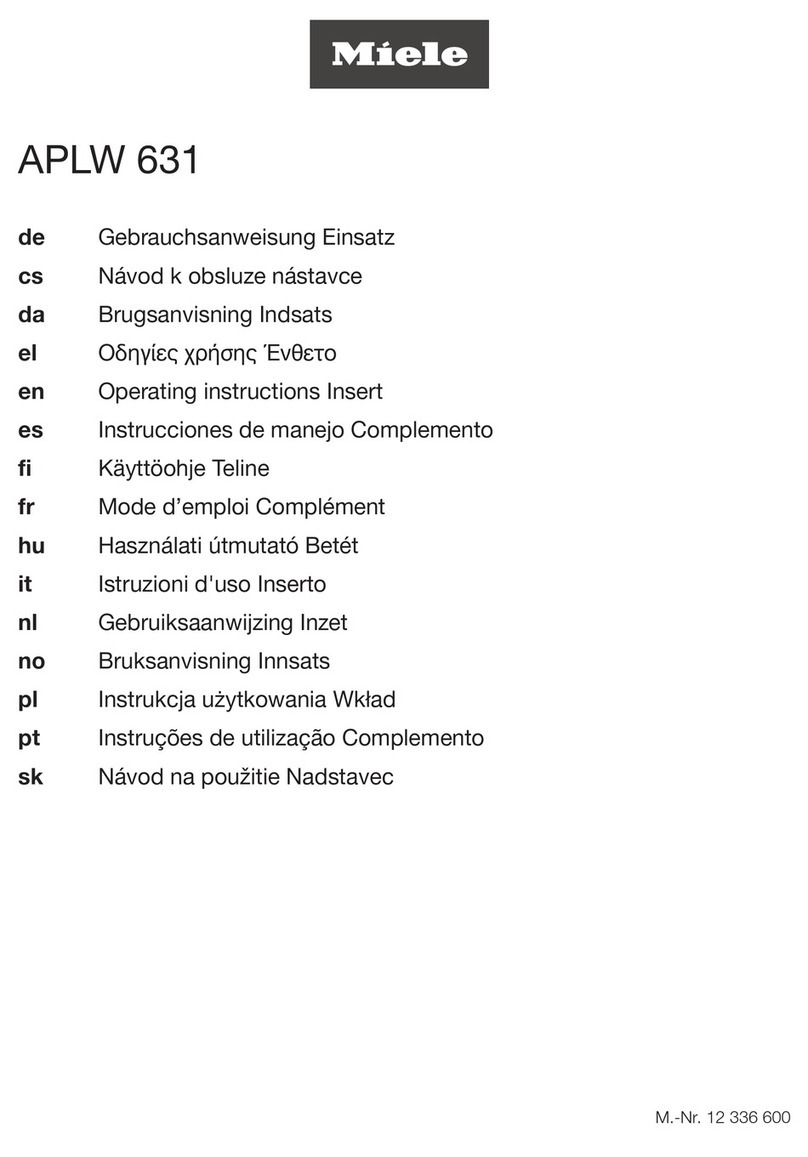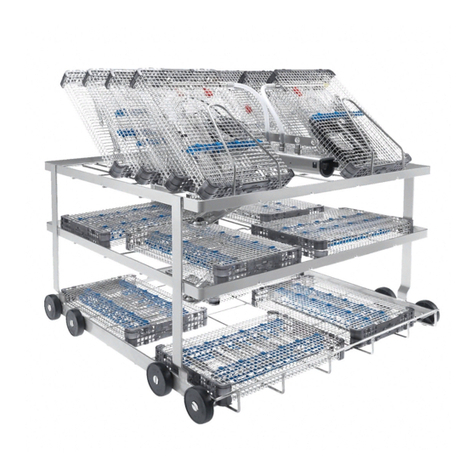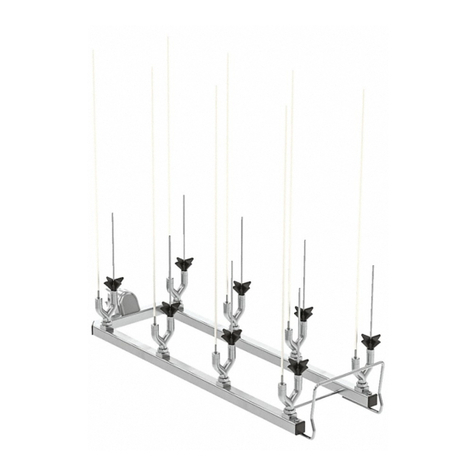
Contents
5
Water hardness ................................................................................................................. 95
Display: Temperature......................................................................................................... 95
Display: brightness and contrast....................................................................................... 96
Switch off after .................................................................................................................. 97
Ready for operation (standby) ....................................................................................... 97
Auto-Off function........................................................................................................... 97
Switching off after activating......................................................................................... 98
Factory default................................................................................................................... 99
Software version................................................................................................................ 99
Program settings ............................................................................................................. 100
Adjusting program settings ............................................................................................... 100
Program structure.............................................................................................................. 100
Program header............................................................................................................. 100
Program blocks ............................................................................................................. 101
Opening the menu............................................................................................................. 102
Resetting a program.......................................................................................................... 102
Altering a program ............................................................................................................ 103
Allocating wash blocks.................................................................................................. 103
Spray arm monitoring.................................................................................................... 104
Measuring conductivity (optional feature) ..................................................................... 106
Changing water quantity ............................................................................................... 109
Increasing drainage time ............................................................................................... 110
Setting the concentration level...................................................................................... 111
Set wash block temperature ......................................................................................... 112
Drying unit ..................................................................................................................... 114
Process documentation.................................................................................................. 118
Outputting batch protocols retrospectively....................................................................... 121
External software........................................................................................................... 121
Report printer ................................................................................................................ 121
Maintenance .................................................................................................................... 122
Service............................................................................................................................... 122
Routine checks.................................................................................................................. 123
Cleaning the filters in the wash cabinet ............................................................................ 123
Cleaning the spray arms.................................................................................................... 125
Cleaning the machine ....................................................................................................... 127
Cleaning the control panel ............................................................................................ 127
Cleaning the door and the door seal............................................................................. 127
Cleaning the wash cabinet ............................................................................................ 127
Cleaning the front.......................................................................................................... 127
Preventing re-soiling...................................................................................................... 127
Checking wash carts, baskets, modules and inserts........................................................ 128
Changing the HEPA filter................................................................................................... 129
Performance check ........................................................................................................... 131
Problem solving guide .................................................................................................... 134
Technical faults and messages ......................................................................................... 134
Dispensing/dispensing systems........................................................................................ 135
Insufficient salt/water softener .......................................................................................... 136
Cancel with fault number .................................................................................................. 137
Process-related faults and messages ............................................................................... 141
